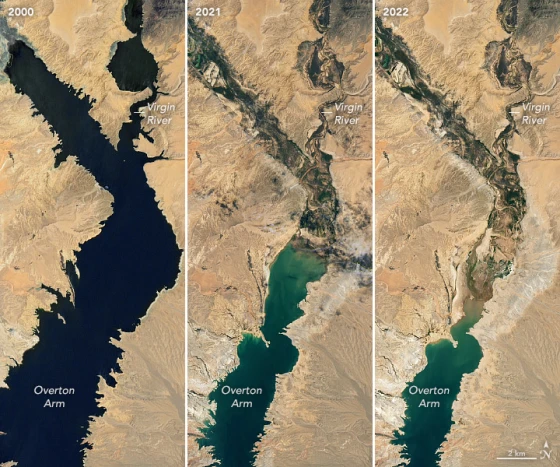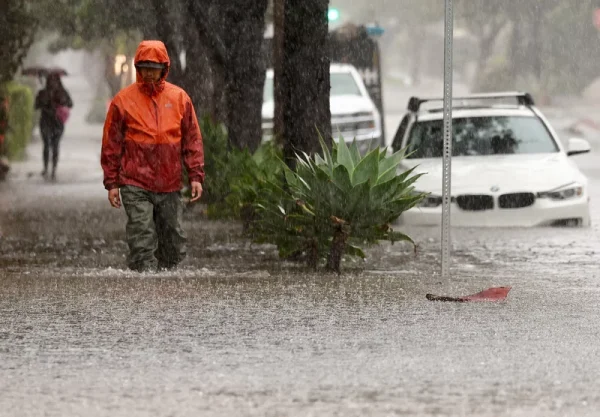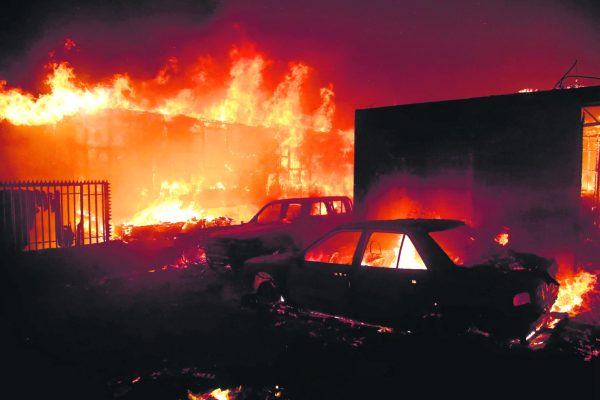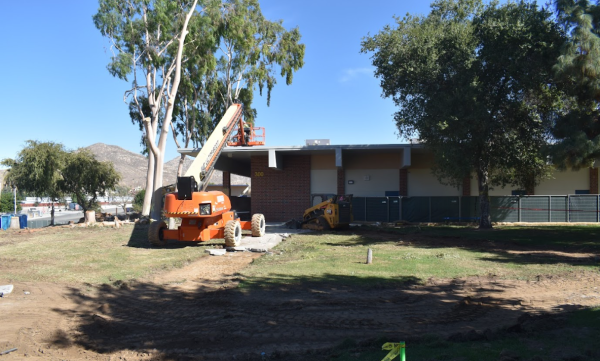The Peremptory Loss of Lake Mead

Drought has a way of revealing things. The plunging waters of Lake Mead have demonstrated the seriousness of essential systems that keep the world functioning. Mead has also exposed intriguing sunken items and hidden ancient cities.
According to the National Parks Service Website, at its highest point in 1983, Lake Mead was 1,225 feet deep. A fatiguing drought over in the Western part of the United States has nearly emptied the Lake which is now at a low level of 1,044 feet. Lake Mead is America’s largest reservoir and a crucial water source for 25 million people. Its recent deficiency of water is threatening hydropower production and closing boat ramps that are popular amongst boaters and fishermen. Mead is now at its lowest level since it was filled in 1937 when it was only around 600 feet.
Lake Mead’s diminishing waters have uncovered interesting and mysterious finds. According to Deseret, four sets of human remains have been uncovered due to the low water levels of Mead. A second world war-era boat was found sticking out of the water. It was a landing craft that was probably once used to survey the Colorado River before it somehow sunk. Many other sunken boats and even a crashed B-29 plane has been found. Archeologists have been so excited about the freshly exposed sunken city of St. Thomas, a Mormon settlement founded in 1865. Many Puebloan artifacts have been rediscovered and put into museums based around Lake Mead and its past. The Colorado River has endured a drought for two decades and water levels will continue to fall, meaning that more finds will soon be identified and explored.
Global heating is encouraging extreme weather at an alarming rate. The Earth Observatory page on Nasa’s website recently shared that “the low water level comes at a time when 74 percent of nine Western states face some level of drought; 35 percent of the area is in extreme or exceptional drought.” The Guardian journal page shares that people across the world are losing everything due to more deadly and frequent heatwaves, floods, wildfires, and droughts triggered by this climate crisis.
The state of Nevada has already begun cutting back on the distribution of water in certain areas. Arizona is facing a 21% cut in the Lake Mead allotment. Nevada is facing an 8% cut, and Mexico a 7% cut. Future cuts will take place in 2023 as the water levels are predicted to recede continually.
Water withdrawal isn’t the only necessity taking a toll due to these extreme circumstances. Low water levels at Lake Mead are affecting Hoover Dam’s electricity output which is significantly reduced. The National Parks Service Website stated that the Hoover Dam can only produce electricity no lower than 950 feet which is only 94 feet from the current level. If the Lake continues to deplete at its astonishing rates, the Dam will no longer be used as a source of energy and it will have to be replaced by another source.
Benjamin Barney, a freshman at north shared his opinions on the withering of this once vast lake. He said, “It’s going to cause a lot of people to lose energy and water privileges because of the action cuts that states are making. I feel like it’s going to start affecting my day-to-day life with water and energy usage. I do enjoy taking longer showers but I feel the need to cut back on my wasteful habits that could affect Lake Mead even more.”
Saving this lake will be vital for water usage and power in not only Nevada but also California and Arizona. Being sustainable with our power and water usage will be the only salvaging aspect of this lake.











